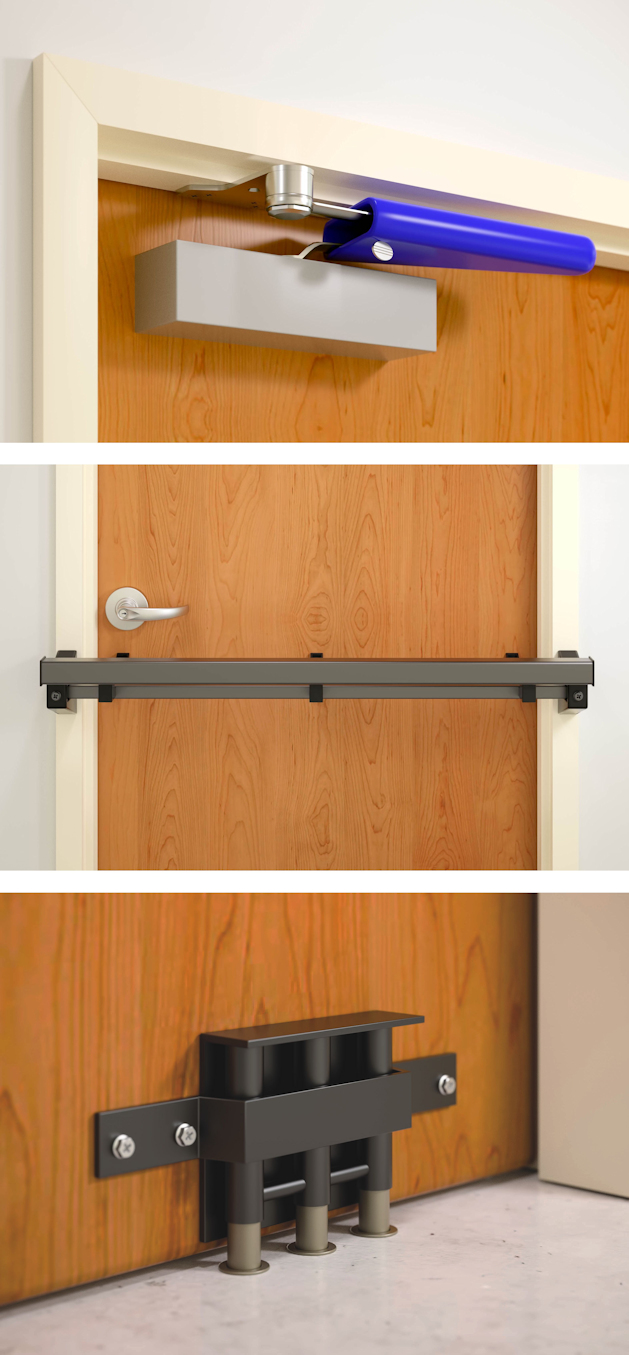
Many barricade devices, including those shown here, are not compliant with the model building codes and may negatively impact life safety.
I strongly identify with this frequently-repeated quote from Maya Angelou:
“Do the best you can until you know better. Then when you know better, do better.”
I have a lot of respect for people who continue to learn and adopt positive change as they move through their lives.
This same concept can be applied to the balance of security and life safety, and I’m thinking specifically of school security and safety today. Methods for securing schools have transitioned over time. When I was in elementary school in Shaftsbury, Vermont, all of the exterior doors were unlocked (and sometimes standing open) during the school day. I highly doubt the classroom doors were lockable, and although we had fire drills on a regular basis, I know for sure that we didn’t have lockdown drills. When I was in middle school, I remember when one of my unruly classmates locked our Home Ec teacher out of the classroom with the office function lock. Traditional classroom function locks took care of that problem, until classroom security function locks entered the market. And now, with the increased focus on school security, administrators are re-evaluating the methods for securing classrooms. As the needs change and we learn more, we know better and we do better.
In the rush to address school violence, some school administrators looked at classroom barricade devices as a means of securing classrooms – even when the devices negatively impacted egress, conflicted with accessibility requirements, and delayed or prevented authorized access for emergency responders. In 2018, the 2nd edition of the K-12 School Security Guide was released by the U.S. Department of Homeland Security. Although this publication referenced locks and the need for locked doors to follow applicable building codes and statues, “door blockers” (AKA barricade devices) were also discussed in Appendix A: Evolving Products and Technologies for Consideration.
The guide stated that door blockers may be a viable alternative for schools lacking doors that could be physically locked, and referred to these devices as a relatively simple way to easily barricade a shooter from entering. The guide stated:
TRAINING AND ACCESSIBILITY: Most door blockers are simple and straightforward to use. Schools should consider providing a demonstration to faculty, staff, and/ or students to promote usability and effective deployment in the event of an active shooter. Door blockers should be stored in accessible locations.
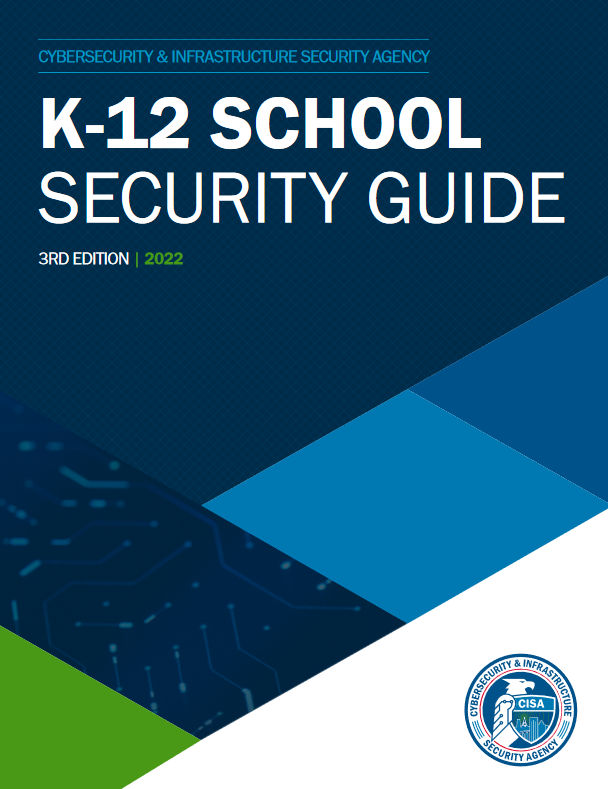 FIRST RESPONDERS: Door blockers will prevent anyone from accessing the room/area, not only the perpetrator. First responders may be able to defeat the door blocker but it will delay entry, scene clearing, provision of medical aid, etc. Schools should also discuss fire code compliance with first responder agencies.
FIRST RESPONDERS: Door blockers will prevent anyone from accessing the room/area, not only the perpetrator. First responders may be able to defeat the door blocker but it will delay entry, scene clearing, provision of medical aid, etc. Schools should also discuss fire code compliance with first responder agencies.
When the 2nd edition of the guide was released, I spoke to my contact at the DHS, and he agreed that the need for code-compliance was not clearly conveyed in the guide, and that most classroom barricade devices do not meet the model codes and standards. I have to admit…I was very disappointed when a document from the U.S. government referenced security methods that could conflict with the adopted codes.
The 3rd edition of the K-12 School Security Guide has been released, and reflects the concept of “know better, do better.” The new edition doesn’t reference door blockers or classroom barricade devices, and underscores the need for code-compliant security:
Local education agencies should plan carefully as they prepare to implement or improve their physical security system. Planning is essentially a six-step process that begins with the formation of a planning team, follows with gathering relevant local data, and continues with conducting threat and vulnerability analyses. The last two steps involve conducting a risk analysis, which draws on results of the threat and vulnerability analyses, and the development of a comprehensive security plan that is unique to a particular school. Throughout the process, local education agencies should consult with local first responders to ensure that fire, police, and other emergency personnel are aware of any newly implemented security features, understand how they work, and confirm that they are not in violation of local codes or regulations. Importantly, care must be taken to avoid actions that impede access to egress and exit routes for students, teachers, and others with disabilities on the school grounds. Repeating this planning process on an annual basis can help local education agencies maximize the benefits of their security system over the long term.
AND…
In the References section of the guide, there are links to an article by Northeast Security Solutions, called “Why Security Professionals Oppose Classroom Door Barricades (which includes a link to iDigHardware!) and to the ASIS School Safety page.
This feels like progress toward schools that are secure AND safe!
You need to login or register to bookmark/favorite this content.


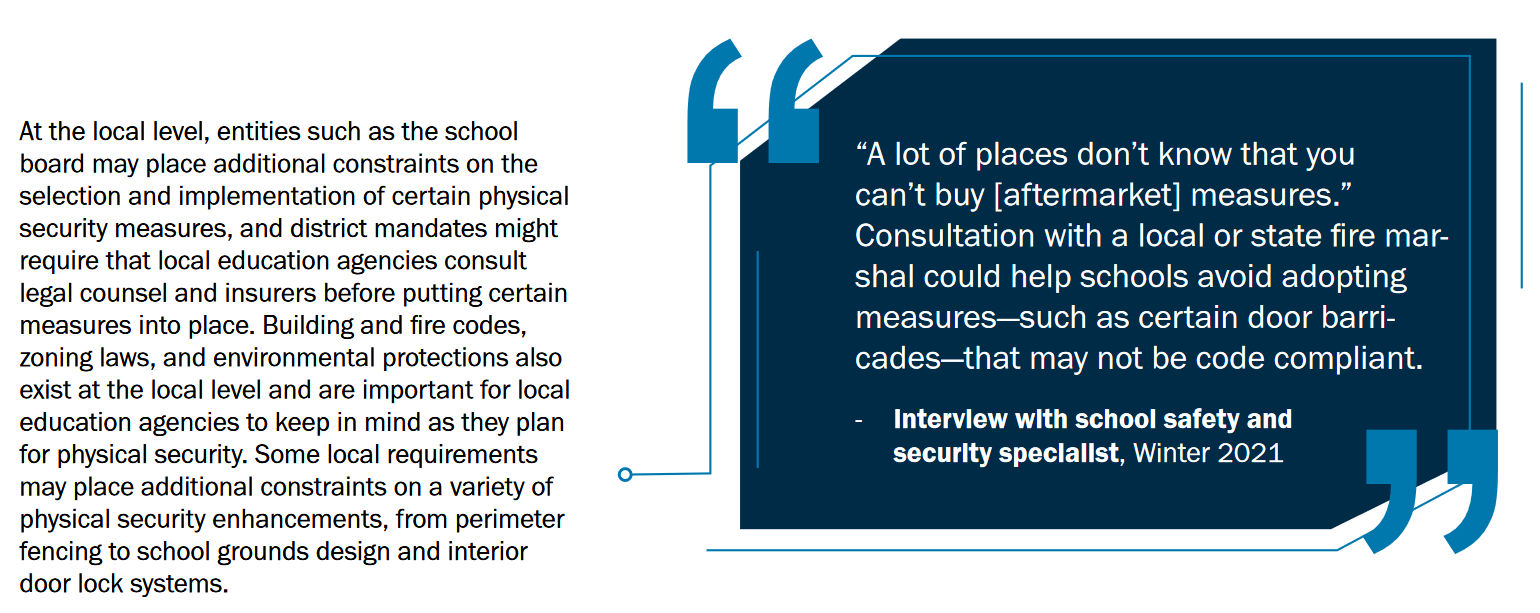
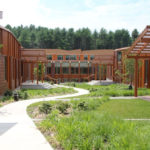
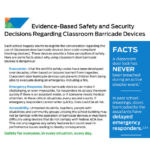
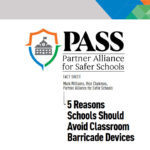
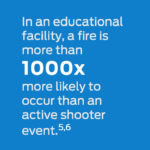




Leave A Comment